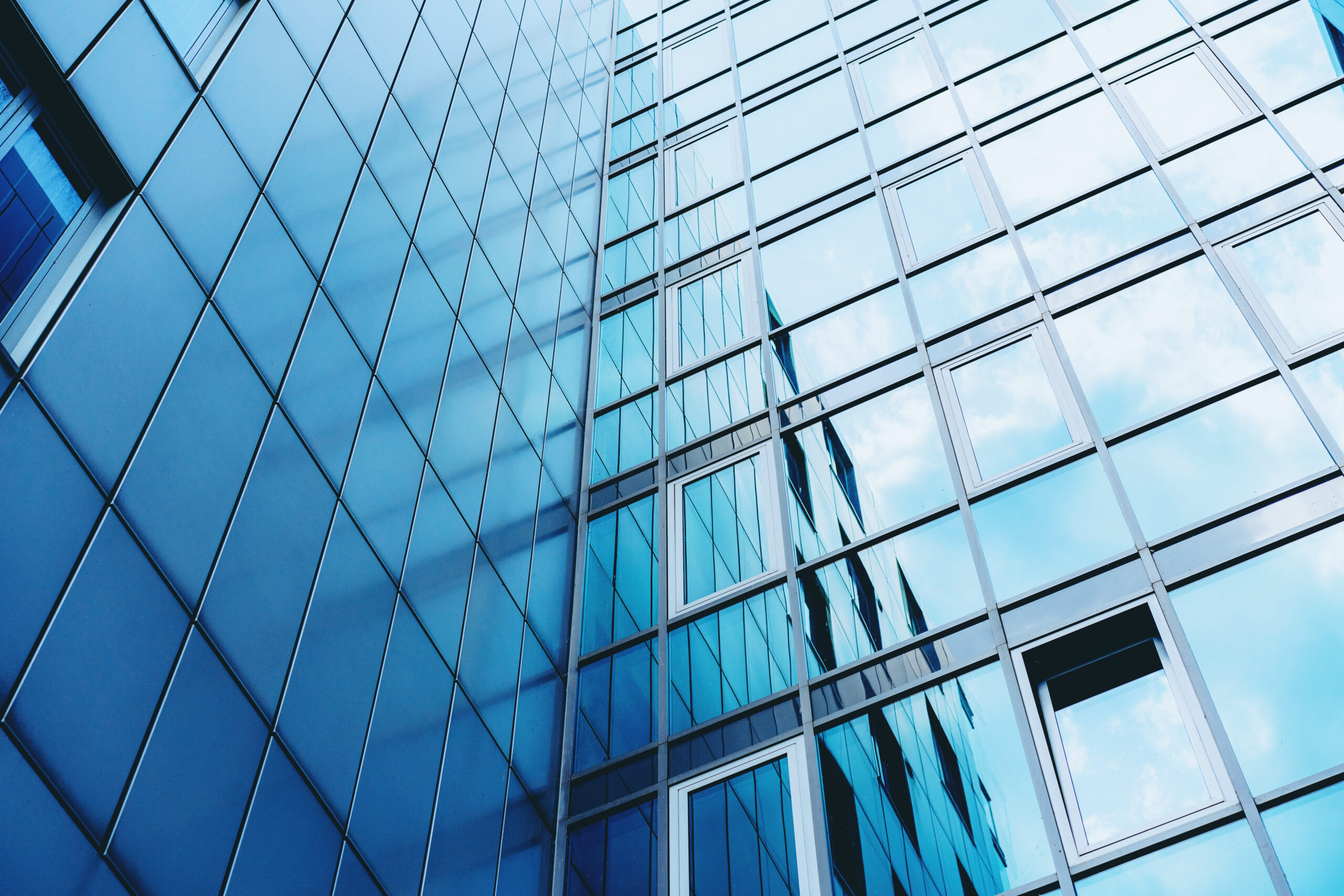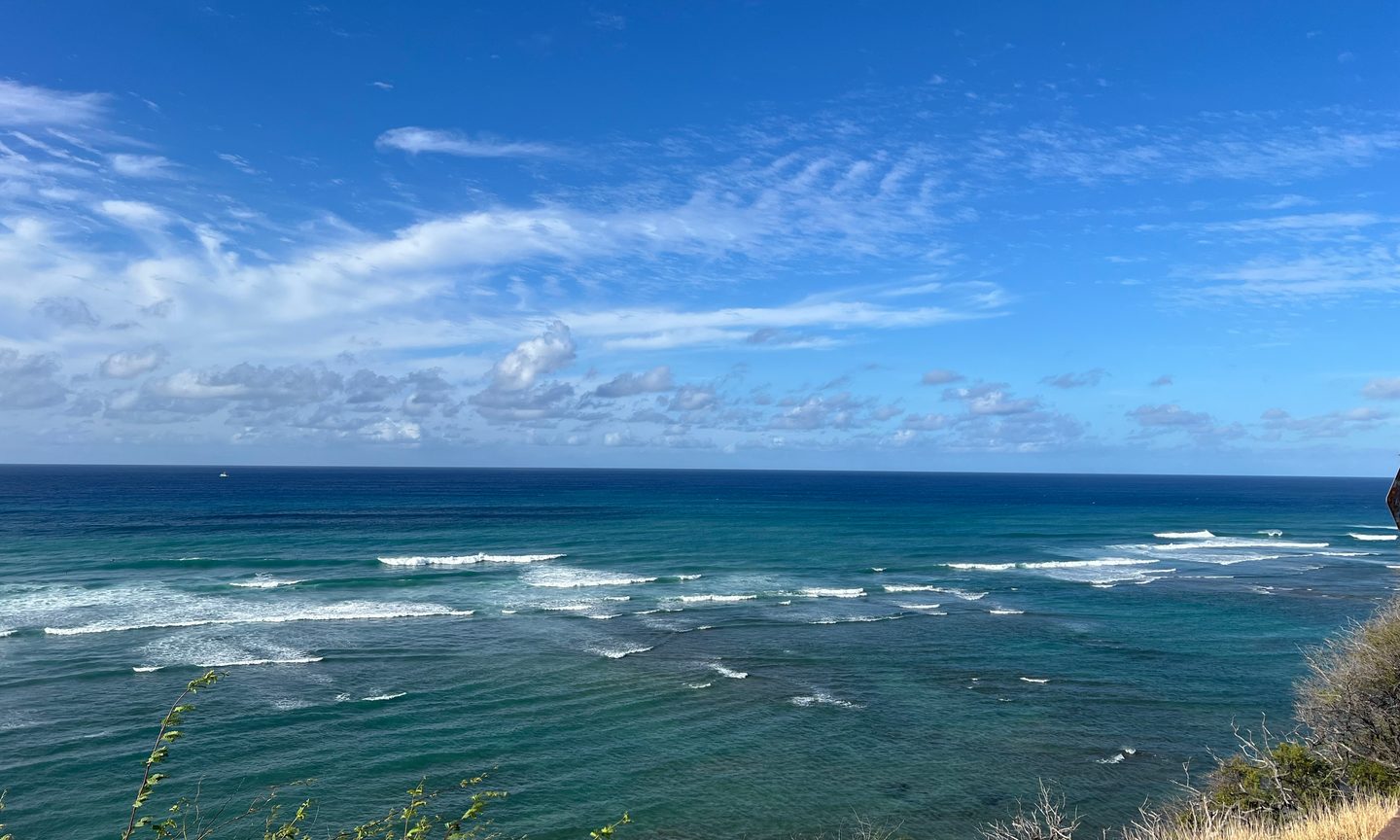In This Article
Let’s get something straight from the start: America doesn’t have a housing “problem.” That makes it sound like a small leak under the sink. Rather, what we’ve got is a housing disaster—the kind of thing you don’t just patch with duct tape.
We’re short somewhere around 5 million to 6 million homes right now, and if you’re apt to believe the economists at Morgan Stanley and J.P. Morgan, that gap isn’t closing anytime soon. In fact, if we keep building at our current rate (which is laughably slow, given demand), we’ll be staring down the barrel of a 15 million-home shortage in the next decade. That’s not a problem—that’s a catastrophe.
Now, let’s back up for a second. How’d we even get here?
People tend to forget that this didn’t happen overnight. It started with the Great Recession, when the entire housing market imploded. Circa 2008 to 2012, builders hit the brakes hard—so hard that the skid marks are still visible today. Permits collapsed, projects died on the vine, and lenders shut the doors.
For years, homebuilders were basically told: “Don’t even think about buying dirt.” Everyone was licking their wounds.
The trouble is, demand didn’t stop. Families kept forming. Millennials grew up. Immigration continued. People still needed roofs over their heads, but for most of the 2010s, we weren’t building anywhere near enough houses to keep up.
By the time the market came back to life, we were already millions of homes behind. That shortage snowballed year after year until we arrived at today’s shortfall: about 5 million to 6 million homes missing from the market.
Now here’s where it gets messy. One would be forgiven for thinking, “OK, so just build more houses. You’re a builder, right? Put hammer to nail and fix the problem.”
If only it were that simple. The truth is, it’s not a lack of lumber, or nails, or workers. We know how to build. We’ve been building since before this country was a country. The underlying problem is that we’re not allowed to build the types of homes that would actually solve the affordability issue.
Here’s where you ask: “What on Earth are you even talking about?”
The Regulatory Elephant in the Room
Let me be completely blunt here: Regulatory costs are the biggest reason housing isn’t affordable. Don’t get me wrong—materials are pricier than they used to be, and labor isn’t cheap, either, but the primary driver elevating home prices is regulation: zoning ordinances, permit fees, impact studies, arbitrary lot sizes, design requirements that have nothing to do with safety and everything to do with keeping “undesirables” out.
I’ve sat in city council meetings where a group of well-off, incumbent homeowners showed up to protest 1,500-square-foot starter homes on 40-foot lots. Why? Because they were worried about “neighborhood character.” That’s code for, “We don’t want people who make less money than us living nearby.”
And it works—man, does it work. These are the same folks who, when it suits their high-minded purposes, will praise this country’s “laissez-faire” approach to property rights as a cornerstone of American Exceptionalism, yet they can’t wait to tell you what you should do with your property. They bring their lawyers, they have time to show up on a Tuesday night, and they know the politicians by their first names.
Meanwhile, where are the people who actually need the attainably priced homes? They’re working double shifts, raising kids, and can’t be at city hall to fight for themselves.
So what happens? The small-lot, small-home community that would’ve sold out in weeks gets killed before it even leaves the planning stages. Instead, the only thing that gets approved is another subdivision of 3,500-square-foot mansions on half-acre lots that start at $700,000. Great if you’re already wealthy and looking to maybe scale up; worthless if you’re a first-time buyer.
And this is happening everywhere—not just in and around big cities. Even in places you’d think would welcome growth, like small towns in North Carolina, local politics get hijacked by a handful of loud voices and influential people.
Try getting approval for manufactured homes, modular homes, or even townhomes in certain counties. You’ll hear every excuse in the book: “traffic concerns,” “stormwater runoff,” “school capacity,” “crime.” All valid issues, for sure—but notice how they magically vanish when a luxury development is proposed? Funny how that works.
The Political Capture Problem
Here’s the ugly truth: Local politics are too easily captured by incumbents—wealthy homeowners who wish to close the door behind themselves.
They’ve got their equity. They’ve got their view. They’ve got theirs, and they don’t want anyone else moving in unless they can pay the same entry fee. It’s like joining a country club—sure, you can schedule a tee time…but can you afford the initiation fee?
The result? You’re living it. We’ve locked the door behind an entire generation of would-be homeowners. Prices shoot up, supply stays stagnant, and the entry-level homes that used to be the backbone of the American Dream have basically vanished.
Thirty years ago, a builder could put up a neighborhood of starter homes—1,200 to 1,800 square feet, on modest lots—and families lined up to buy them. Today, those same projects die in the zoning phase nine times out of 10—and that’s modest.
So when economists tell you, under the light of a flashing red alarm, we’ll be short 15 million homes by 2035, don’t be surprised. At the rate we’re going, that might be conservative.
You might also like
A Builder’s-Eye View
From my side of the table, the frustration feels almost endemic. We’ll run numbers on a site—say, a 100-acre tract in a growing county in North Carolina.
In theory, you could easily fit 300 modest homes there that would actually sell in the $250,000–$300,000 range, right where demand exists. Families would love it. Builders would happily build it. Banks would finance it.
But, alas, let’s check the zoning ordinance: minimum lot sizes of a quarter acre, setbacks so deep you could land a plane in the front yard, mandatory brick facades, and lot widths that force infrastructure costs toward the moon. Suddenly, your 300-home project shrinks to 120 oversized houses that only upper-middle-class buyers can afford. The math changes completely. You can’t hit the price point buyers actually need.
So what happens? The project gets shelved, or it gets turned into luxury homes. Another missed opportunity.
Builders get blamed: “Why don’t you build affordable housing?” Trust me, we’d love to, but you can’t sell what you can’t get approved.
If you’ll indulge the civil engineer inside me and come along with me on a simple exercise, a simple thought experiment can be very powerful. I’ve read that Einstein, without putting pen to paper at first, worked out the basic inconsistency between the relationship of space and time in Newton’s equations with a simple thought experiment involving two lightning bolts and a train. I won’t ask that much of you, I promise.
Imagine a house that’s two stories, three bedrooms, 2.5 baths, a two-car garage, and 2,200 square feet of living space. The physical dimensions of the house are irrelevant. They can change without impacting the cost to construct. We need somewhere to put this house, so we have to develop some raw land.
What are the costs to develop this land? Well, we have to do the earthwork, put in the piping for stormwater, potable water, sewer, electrical lines, data, and natural gas. On top of that, we need to build roads complete with curb and gutter, and asphalt surfaces.
What if I told you that the average cost to develop one linear foot of residential street is around $4,000 in the Southeast U.S.? You have houses on both sides of the street in most situations, so the cost of one linear foot of lot frontage is more around $2,000.
Put another way: Walk out to your street and look around. It would cost me $2,000 per front foot to re-create your lot (ignoring the house itself).
Now, consider two types of lots:
Lot A: A lot with 100’ of street frontage and 120’ of depth.
Lot B: A lot with 40’ of street frontage and 180’ of depth.
Again, the same house from above will go on either lot, just with different physical dimensions. Lot A has bigger side yards and a shallow rear yard. Lot B has small side yards and a massive rear yard. Lot A will cost me $200,000 to develop, while Lot B will cost me $80,000.
Maybe you see where I’m going here? Assuming the house costs $150,000 to build, and the builder needs a 20% margin, the difference in the finished home price will be $420,000 versus $276,000, just based on the type of lot.
On top of that, the roads and infrastructure typically get transferred to the city to own, operate, and maintain once the community is completed. Think about the tax revenues that would be saved if your city could have the same number of homes, with less than 50% of the infrastructure needed to serve them. Property taxes could come down or be used to build out other services, like schools.
Now, back to reality: Lot B is a unicorn. It doesn’t exist because the city and those who have captured its political apparatus will not let me build it.
So What’s the Fix?
I’ll tell you what won’t fix it: leaving it up to local governments. We’ve tried that. Decades of “local control” have gotten us into this mess. If every city council has veto power over new housing, then every city council will keep caving to whoever shouts the loudest, and, usually, that’s not the single mom trying to buy her first home.
In my mind, the only real fix is at the state level. States need to step in and say: “Enough. You can’t zone out affordability.” They need to set uniform rules that force localities to allow small homes on small lots, townhomes, accessory dwelling units, manufactured housing—all the stuff regular working families can actually buy.
Look at what’s been happening in places like California and Oregon with statewide zoning reform. It’s not perfect, by any means, but at least they’re acknowledging that the housing crisis is bigger than one town’s idea of “character.”
North Carolina is starting to dip a toe in, too. There’s been talk in Raleigh about loosening restrictions on accessory dwelling units (backyard cottages, garage apartments, etc.). If the state actually follows through, that could open up tens of thousands of affordable options across the state without even touching new subdivisions.
But let’s be real: This is going to take political courage. The folks who benefit from the current system—wealthy homeowners, entrenched politicians, NIMBY activists—are not going away quietly. They’ll fight tooth and nail to keep things just the way they are.
Final Thoughts
Here’s the bottom line: We’re in a hole that’s 5 million to 6 million homes deep, and if we don’t change course, that hole will be 15 million deep within a decade. That’s just the math, and it doesn’t take Einstein to do it.
The demand is there, the people are there, the builders are here, ready to build. What’s missing is permission and our will to force change.
Until we stop letting local politics dictate who gets to live where, and start setting fair rules at the state level, housing will keep sliding further out of reach for working families. I don’t care what color tie you happen to wear (red or blue)—if an entire generation can’t afford to buy a home, that’s not just their problem; that will be society’s problem.
So the next time you hear someone say the housing crisis is complicated, remember: It’s really not. We know how to build. We know what people can afford. We’re just not allowed to build it. And unless that changes, get ready for the American Dream to keep moving further out of reach for millions more families.



























